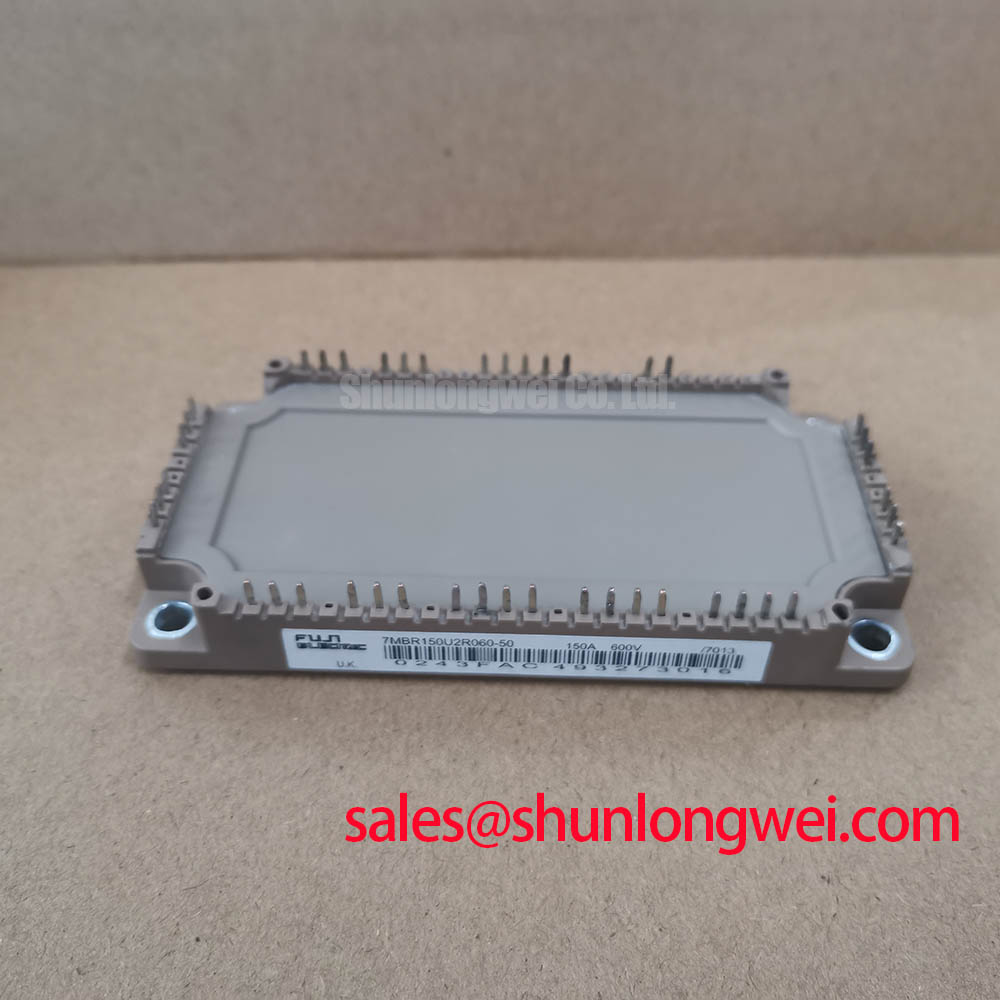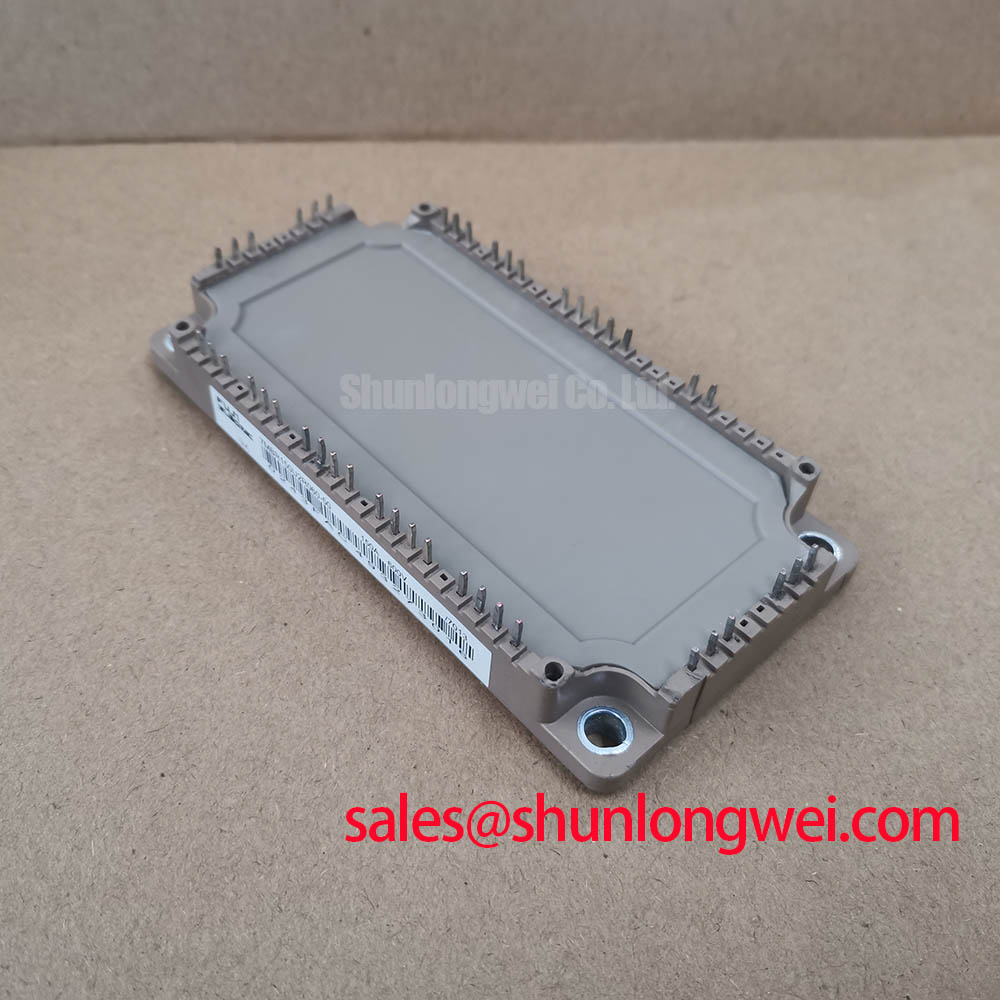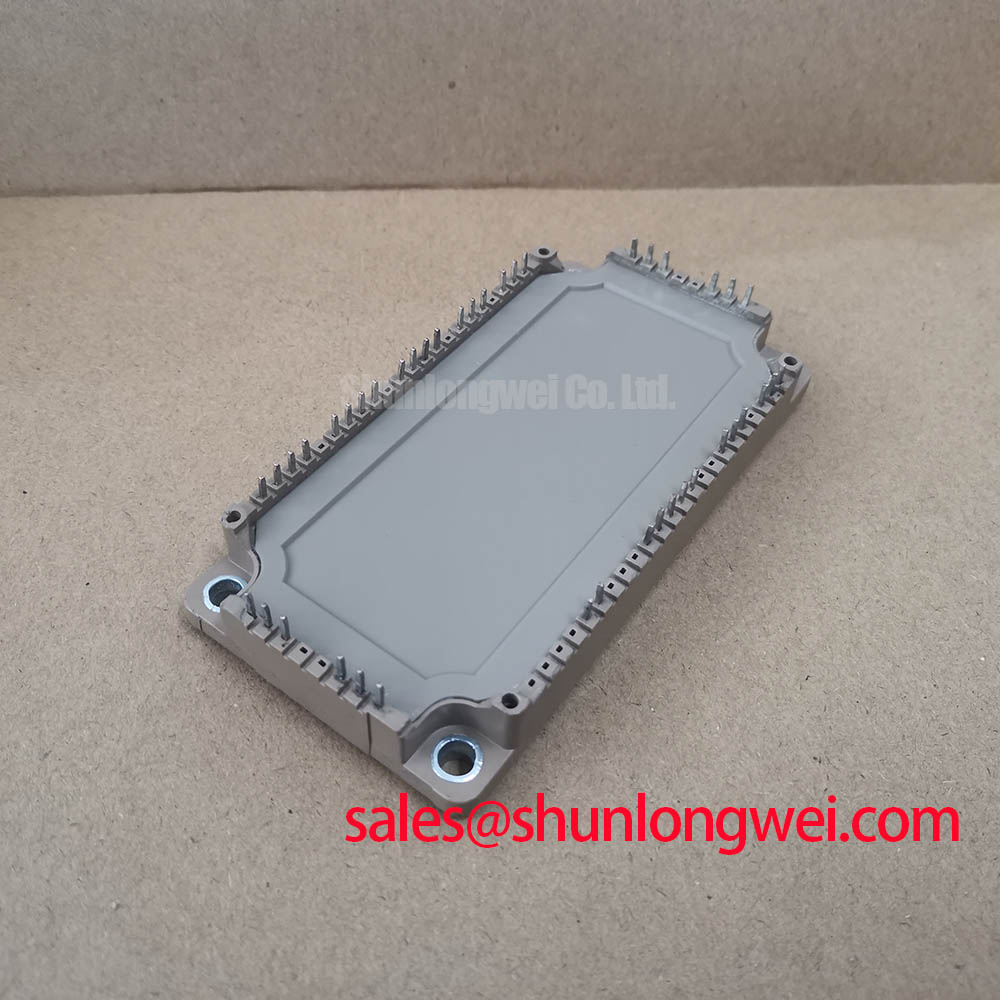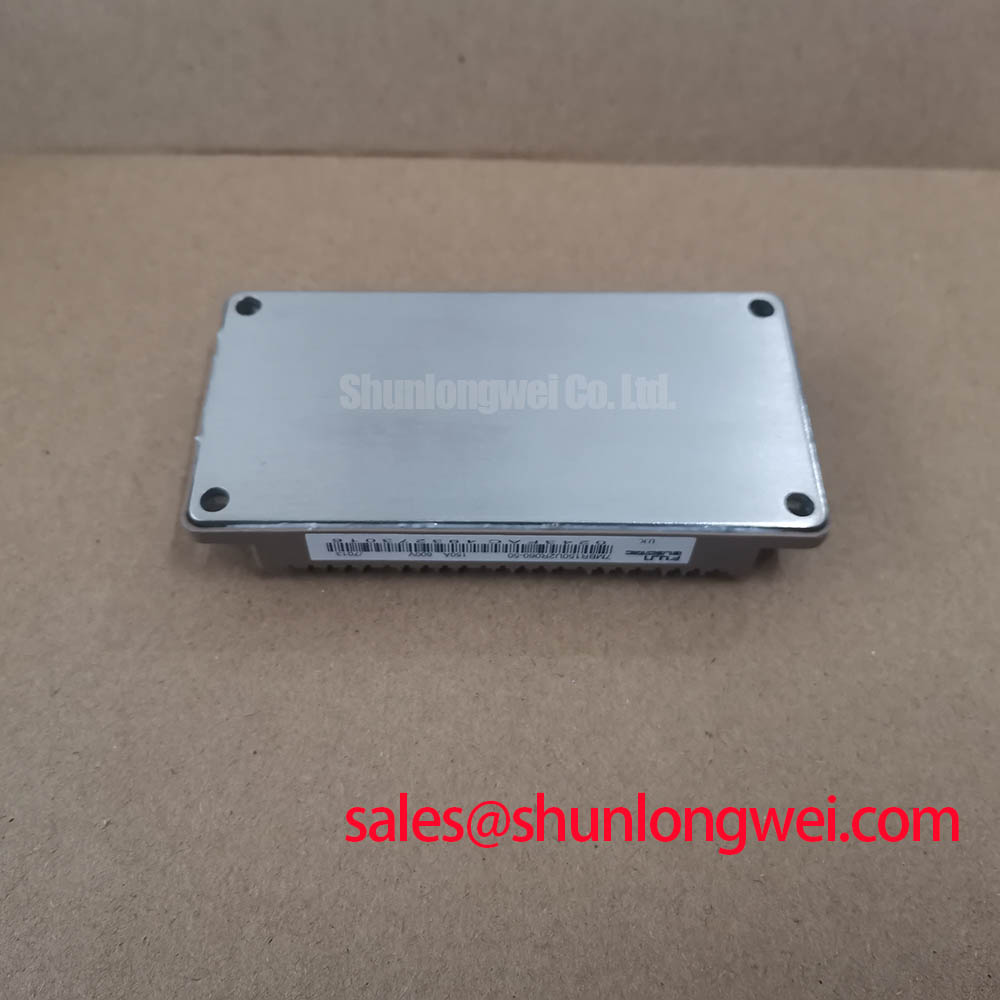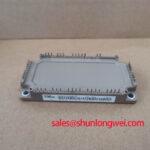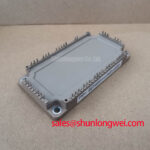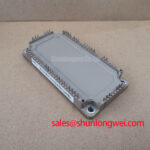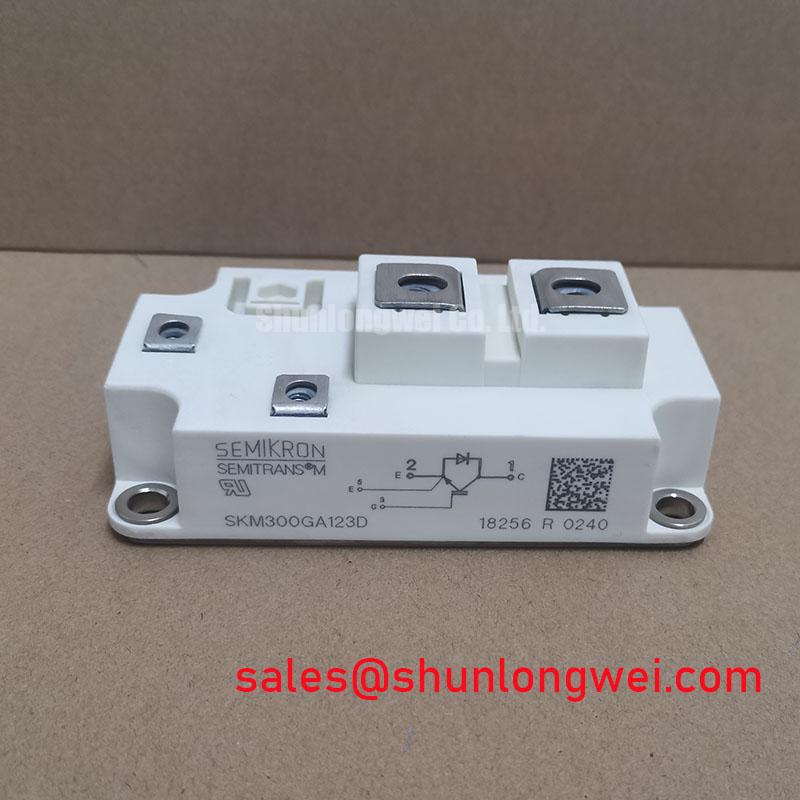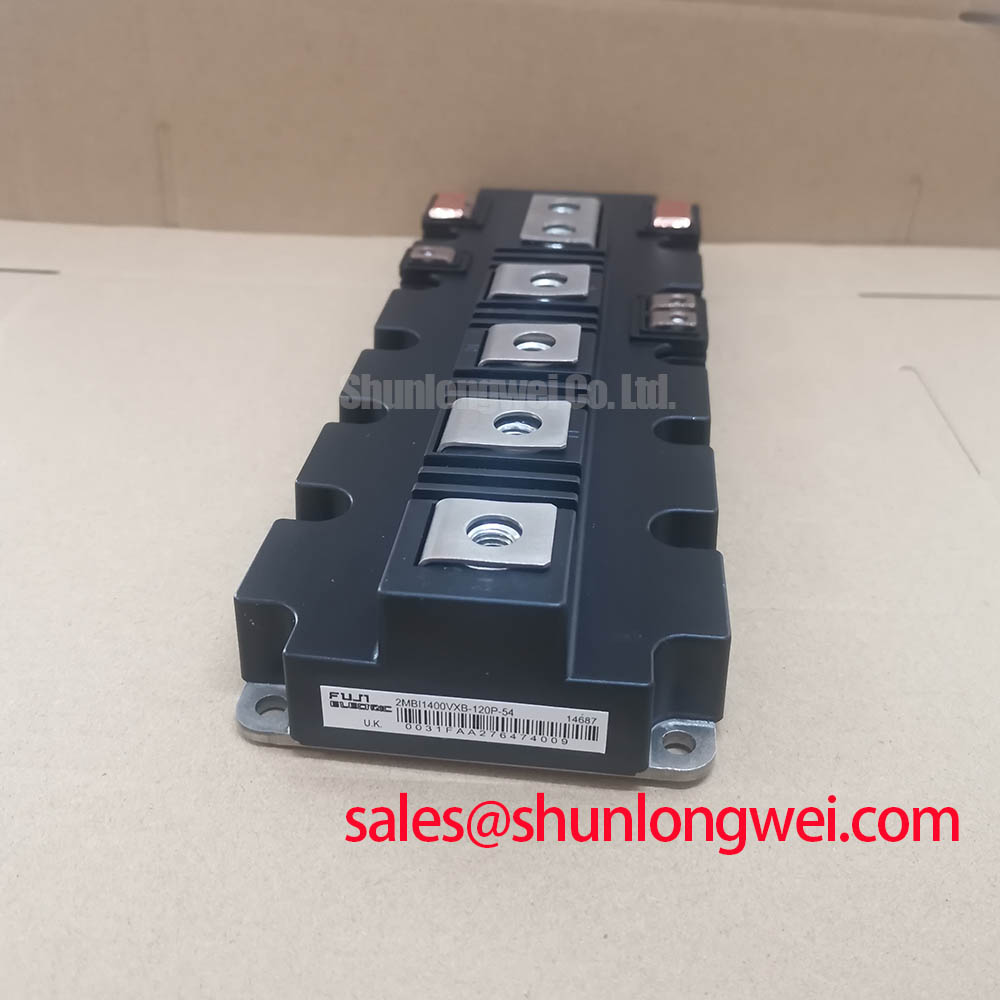7MBR150U2R060-50 IGBT Module: Technical Review for High-Reliability 150A Motor Drives
An Engineering-Focused Analysis of the Fuji Electric 7-in-1 IGBT Module
Content last revised on October 13, 2025.
This 7MBR150U2R060-50 is an integrated 7-in-1 IGBT module engineered for high reliability in compact motor drives through optimized thermal performance and robust switching characteristics. Featuring key specifications of 600V | 150A | Rth(j-c) 0.30 °C/W (IGBT), it delivers the benefits of a simplified system design and enhanced thermal protection. The module directly addresses thermal management challenges by incorporating an NTC thermistor, enabling precise, real-time temperature feedback for overload protection circuits. For AC motor control applications requiring high power density and operational robustness, this 600V module provides a highly integrated and efficient solution.
Application Scenarios & Value
System-Level Benefits in Compact Servo and AC Motor Drives
The primary value of the 7MBR150U2R060-50 lies in its ability to deliver high power in a condensed footprint, a critical challenge in modern industrial automation. Consider the design of a high-performance Servo Drive for a multi-axis CNC machine or a robotic arm. Enclosure space is at a premium, and thermal management is paramount to ensure precision and longevity. The 7-in-1 configuration of this module—integrating a three-phase inverter bridge and a brake chopper—dramatically reduces the required PCB real estate and simplifies the power stage layout compared to using discrete components.
This integration is not just about size reduction; it's about predictable performance. The module's low collector-emitter saturation voltage (VCE(sat)) of 2.20V (max) at 125°C directly translates to lower conduction losses. In a space-constrained servo drive operating under continuous, high-load conditions, this efficiency gain means less waste heat is generated, easing the demands on the cooling system and improving overall system reliability. For applications demanding lower current handling, the related 7MBR75U2H060-50 offers a similar integrated approach in a 75A rating.
Key Parameter Overview
Specifications Translated to Engineering Significance
The performance of the 7MBR150U2R060-50 is defined by parameters that directly influence its efficiency, durability, and suitability for high-frequency motor control. Understanding these specifications is key to leveraging the module's full potential in demanding applications.
| Parameter | Value | Engineering Significance |
|---|---|---|
| Collector-Emitter Voltage (VCES) | 600V | Provides a sufficient safety margin for applications running on 200-240V AC lines, protecting against voltage transients common in industrial environments. |
| Continuous Collector Current (IC) | 150A (Tc=80°C) | Defines the module's capacity for continuous operation, making it suitable for driving motors in the 15 kW to 22 kW class, depending on switching frequency and cooling. |
| Collector-Emitter Saturation Voltage (VCE(sat)) | 1.70V (typ) / 2.20V (max) @ 125°C | A low VCE(sat) is critical for minimizing conduction losses. This value indicates high efficiency, reducing the heat that must be dissipated by the heatsink. |
| Thermal Resistance (Rth(j-c)) (IGBT) | 0.30 °C/W (max) | This parameter acts like a bottleneck for heat transfer. Its low value signifies an efficient thermal path from the silicon die to the case, simplifying heatsink selection and thermal design. For more on this topic, see this guide to unlocking IGBT thermal performance. |
| Short Circuit Withstand Time (tsc) | ≥10 µs | This is a measure of the module's ruggedness. It specifies the duration for which the device can withstand a direct short circuit before failure, a crucial safety feature for protecting the drive and motor. |
| Max Junction Temperature (Tj max) | 150°C | Sets the absolute thermal operating limit of the IGBT die. The integrated NTC thermistor allows the control system to monitor temperature and prevent exceeding this critical threshold. |
Download the 7MBR150U2R060-50 datasheet for detailed specifications and performance curves.
Frequently Asked Questions (FAQ)
What is the primary benefit of a 7-in-1 integrated module like the 7MBR150U2R060-50?The main benefit is system simplification. It combines the three-phase inverter and brake chopper into one package, reducing component count, minimizing assembly time, and shrinking the overall size of the power electronics, which is ideal for compact Variable Frequency Drives (VFDs).
How does the integrated NTC thermistor enhance system reliability?The NTC thermistor provides a direct, real-time measurement of the module's internal baseplate temperature. This allows the drive's control logic to implement precise over-temperature protection, throttling back current or shutting down before the IGBTs reach their maximum junction temperature, thus preventing thermal runaway and catastrophic failure.
What does the 'Square RBSOA' characteristic imply for my design?A Square Reverse Bias Safe Operating Area (RBSOA) indicates enhanced ruggedness. It means the IGBT can safely turn off higher currents at higher voltages without failure. This provides a wider safety margin against destructive latch-up during the stressful turn-off of inductive loads like AC motors, contributing to long-term operational reliability.
Is the 600V VCES rating suitable for 400V AC line applications?No, a 600V rating is typically specified for systems operating on 200-240V AC lines. For 380-480V AC line applications, a module with a 1200V rating is required to provide adequate protection against DC bus over-voltages and switching-induced transients. For such requirements, a module like the 7MBR50VP120-50 would be a more appropriate consideration.
How does VCE(sat) directly impact heatsink selection?VCE(sat) is a primary contributor to conduction losses, which generate heat (Power Loss ≈ VCE(sat) x IC). A lower VCE(sat) means less heat is produced for the same amount of current. Consequently, a smaller, less expensive heatsink may be sufficient to maintain the junction temperature within safe limits, reducing both the cost and volume of the final product.
Technical Deep Dive
Analyzing Thermal Performance and Power Density
The engineering challenge in any power module is evacuating heat from the semiconductor junctions. The 7MBR150U2R060-50 addresses this through a combination of low internal losses and an efficient thermal interface. The thermal resistance from junction to case (Rth(j-c)) is a critical metric, specified at a maximum of 0.30 °C/W for the IGBT. You can think of thermal resistance like the narrowness of a hallway for people (heat) to exit a building. A lower Rth(j-c) value is like a wider hallway—it allows heat to escape the silicon die more easily and transfer to the heatsink.
This efficient thermal path, combined with the low conduction losses from its VCE(sat) characteristic, creates a powerful synergy. It allows the module to be driven closer to its 150A current limit without exceeding the 150°C maximum junction temperature. For a system designer, this means you can achieve higher power density—more processing power per cubic centimeter of space—without resorting to complex and costly liquid cooling solutions. This design choice by Fuji Electric makes the module a robust foundation for building reliable, power-dense inverters. A deeper understanding of these concepts is crucial for any high-frequency design, as explored in this guide to IGBT selection.
An Engineer's Perspective on Integration
From a design standpoint, the true value of the 7MBR150U2R060-50 emerges at the system level. By co-packaging the inverter and brake chopper, stray inductance between these critical stages is minimized, which can help reduce voltage overshoots during high-speed Pulse Width Modulation (PWM) switching. Furthermore, having a single, thermally characterized component simplifies simulation and modeling, leading to a more predictable design cycle. This module is not merely a collection of transistors; it's a pre-validated power stage subsystem that enables engineers to focus on higher-level control logic and system features rather than wrestling with the intricacies of power component layout and thermal interfacing.

